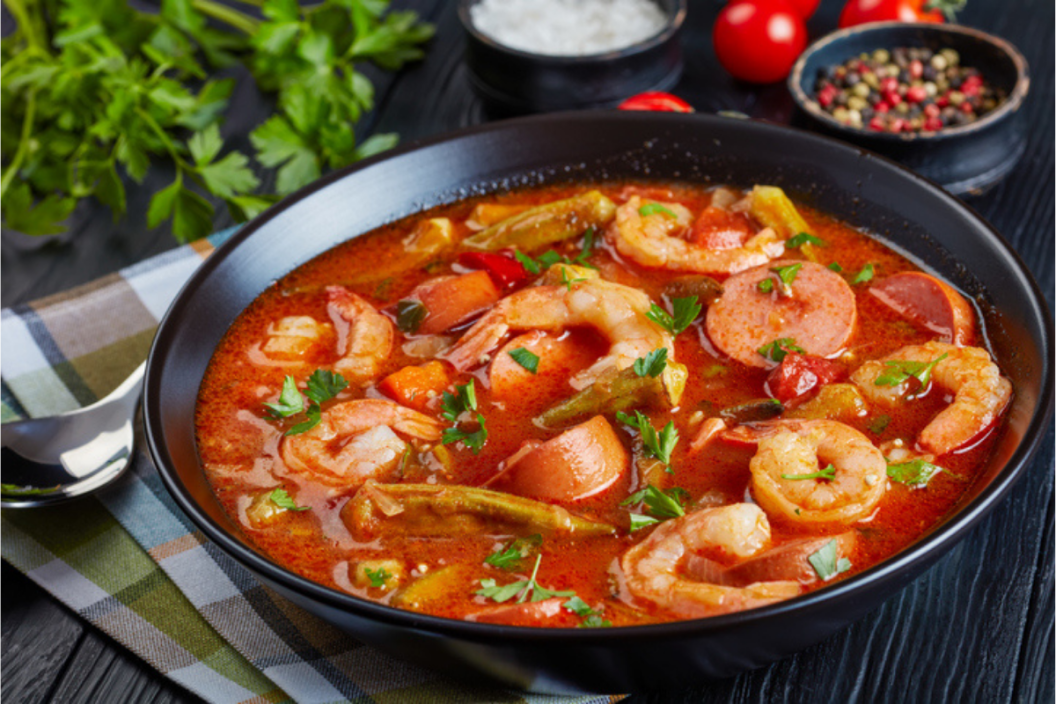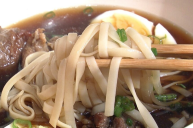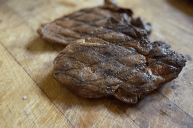Gumbo is one of the foods that immediately brings to mind the South, conjuring up a kitchen table in Louisiana packed with cornbread, hush puppies, okra, and a steaming bowl of spicy gumbo. This signature dish is such an iconic part of Louisiana culture that it's even the state dish. As much as we love a bowl of gumbo heaping with sausage, okra and rice, few know the history of gumbo and how this unique dish came to be.
Videos by Wide Open Country
Like many iconic southern dishes, the origins of gumbo are a mix of culinary innovation and human struggle. Gumbo came about from a blend of many cultures and experiences over time, bringing it to the undeniably delicious meal that it is today.
The Origins of the Ingredients of Gumbo
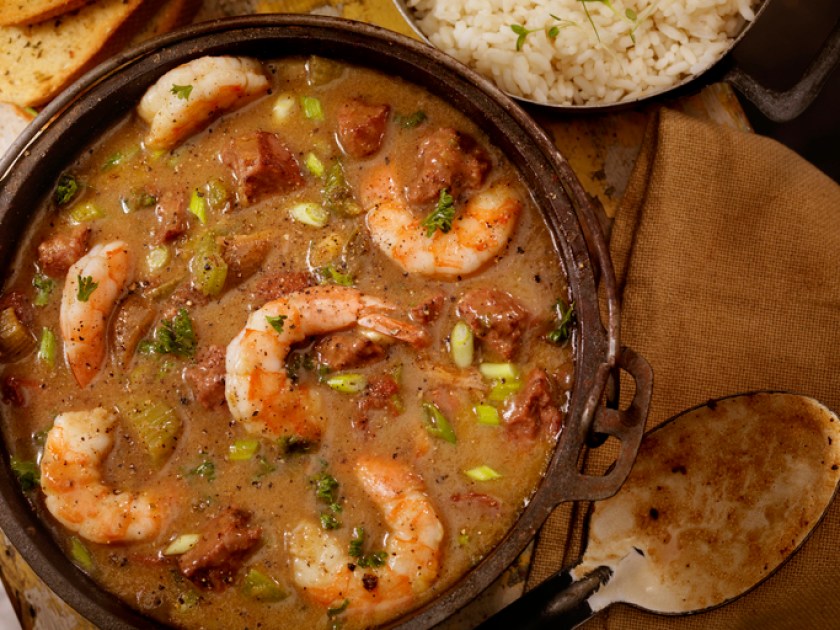
Getty Images/LauriPatterson
Gumbo's original roots are African, and the word "gumbo" comes from the word "gombo," meaning okra in a number of West African languages. The first recorded recipes for the dish feature okra as the main ingredient, likely a reflection of its African origins.
Despite these roots, this staple of the Bayou State includes the culinary traditions of Native Americans, French, German, Caribbean and Spanish people who all happened to inhabit the same part of the world throughout the 18th and 19th centuries. During this time, Louisiana was a melting pot of Native tribes, European immigrants and enslaved Africans, and each group contributed to the evolution of gumbo and other classic Louisiana dishes.
In 1718, New Orleans was founded, creating the first French colony in Louisiana. This created an enclave of French settlers who arrived in the New World. These settlers got to know the Native tribes in the area, including the Alabama, Cherokee and Choctaw. This alliance eventually led to a transfer of knowledge and ingredients like the beloved filé powder made from ground sassafras. Through this transfer, the French settlers learned new culinary methods and became acquainted with the edible plants of the area.
In 1719, shortly after the establishment of New Orleans, slave ships began arriving in Louisiana. The first ships to come over were full of rice and workers adept in cultivating it. Within a few years, rice was a prevalent crop along the Mississippi River. Eventually, other West African foods like okra, hot peppers, onions, and bell peppers were brought over to New Orleans as well.
A few years later, in 1921, German immigrants began settling in Louisiana, about 40 miles from New Orleans, bringing with them their prowess in making sausage. Then, later in the 18th century in 1762, the Spanish took control of the colony. This led to a few thousand settlers coming from the Canary Islands, bringing with them their seafood-based culinary traditions and providing a supply of shrimp, crab, shellfish and oysters to the colony. They also came with their preference for spicy, flavorful food.
Due to this blend of immigrants and enslaved peoples from near and far, the ingredients of gumbo culminated in New Orleans. Suddenly there was an abundance of rice, okra, West African vegetables, seafood, sausage and spices. Not to mention, there were a countless number of cooking techniques and culinary traditions blending together and evolving, along with many people looking to enjoy flavorful, spicy dishes.
Where Did Gumbo Originally Come From?
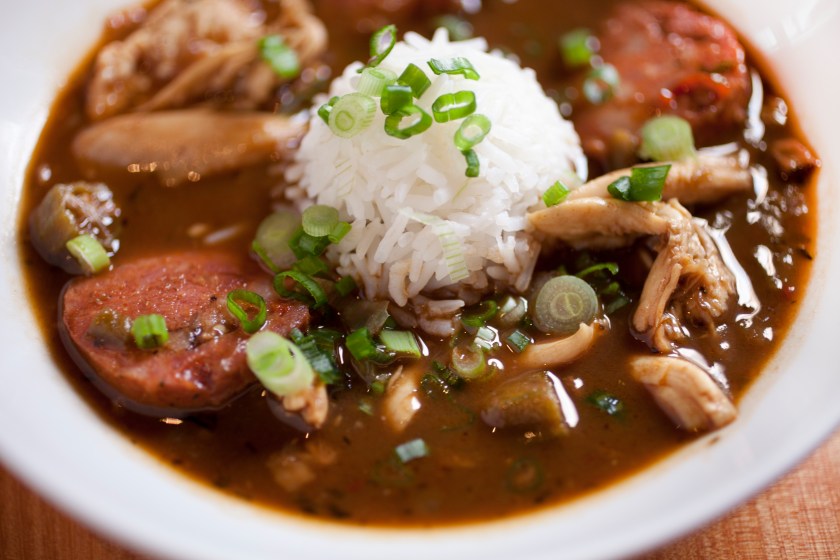
Getty Images/Lara Hata
Although the history books are mostly clear on where the ingredients of gumbo originated, it's up for debate how exactly this mix turned into the dish we know and love. Some historians purport that gumbo originated with traditional French soups like bouillabaisse, which were often cooked by Acadians in colder weather. This theory says that the colonists did the only thing they could in the situation; substitute the soup's traditional ingredients for the ones available in their new home.
Others believe that gumbo was a dish made by Native tribes for special occasions. The Cajuns eventually adopted the practice, serving gumbo over corn grits, which was a typical pairing in Native American cuisine. However, the most-cited version of the history of gumbo dates back to the enslaved African-Americans cooking for their European governesses. The enslaved cooks used the ingredients they'd brought over like okra, but were forced to learn French and Creole cooking methods like roux to make the menu that their mistresses desired.
Gumbo began to be mentioned in cookbooks in the early 19th century, each version slightly different from the next. Its popularity remained concentrated to the Gulf Coast of the United States until the 1970s, when the Senate added the dish to their cafeteria's menu in honor of the late Louisianan Senator Allen Ellender. Nowadays, you can enjoy Creole gumbo, Cajun gumbo, seafood gumbo, okra gumbo, or gumbo z'herbes, or any number of variations. This staple of Louisiana cooking can be made with Andouille sausage, crawfish, and a wide variety of ingredients depending on the particular gumbo recipe. The many flavors and ingredients in a bowl of gumbo are the perfect representation of the cultural groups who contributed to its creation.
READ NOW: The Difference Between Soul Food and Southern Food
